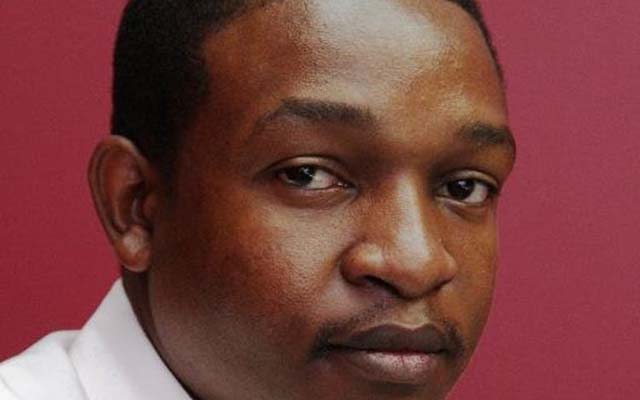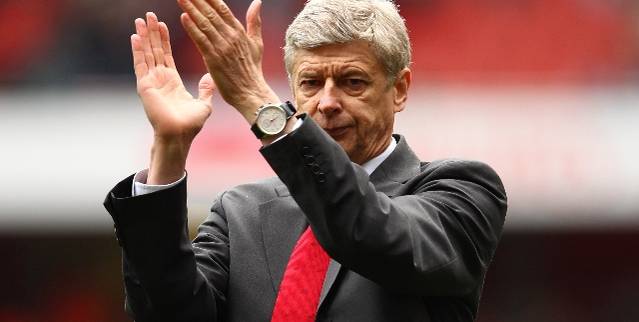Arthur Azevedo exhibits unique style


“Bull” by Artur Azevedo
At the Gallery
Sifting through the pages of catalogues from yesteryear, one is most likely to come across the name of an artist of great repute. This artist is Arthur Azevedo; a force that has exhibited here in Zimbabwe and abroad, with his stalwart style of metal sculpture being identifiable for its minimal use of material and maximisation of anatomy being the definitive basis for Picasso’s summation of the art form; “Sculpture is the art of intelligence”
An exhibition entitled “Perspective” is now underway at the National Gallery of Zimbabwe featuring four superlative works housed in the Permanent Collection. The showcase serves as a retrospective focusing on one of Zimbabwe’s most luminary sculptors and based on the artist’s long and illustrious career. Perspective pays tribute to his extraordinary composition, celebrating the visual power and intellectual precision of his work. The sculptures on display have been collected by the National Gallery of Zimbabwe from the period ranging 1964 to 1991.
Azevedo is one of Zimbabwe’s most important and outstanding master sculptors in metal and the pioneer modernist in the movement in Zimbabwe.
He is attributed with founding the scrap metal sculpture movement in advancing the style avant-garde. Notably, Azavedo’s works were prominently exposed at the National Gallery’s now defunct annual Weld Art exhibitions, wherein throughout the seventies and eighties, a large number of artist embraced this technique widely for its easily accessible and highly available material.
The fact that there was an exhibition wholly dedicated to metal sculpture is astounding and expresses the importance of the technique. Arthur Azevedo naturally scooped general first prizes at these Scrap Iron exhibitions which were renamed 1979 Weld Art in 1979. This vehicle was held biannually until 1989. From 1989, an award was incorporated in the prestigious annual Zimbabwe Heritage exhibition.
This exhibition looks at the past to gain a perspective on the present by surveying Azevedo’s full span of achievements which includes several other works in public and private collections.
His work is highly fluid and minimal, capturing the essence of his subject matter through careful assemblage and joinery of lengths and chunks of metal. For every sculpture, Azevedo has a sketch which he feels is a chief ingredient for producing the artwork. “It (the sketch) clears the mind, and is the vehicle by which the artist can explore forms before shaping them with confidence” said Azavedo.
The exhibition presents such key sculptures as the “Dog” and the “Bishop” which are indubitably Azevedo’s best known works.
The artist’s rich and expansive practice is represented by the type of material used in his work. The exhibition fills the Foyer Precinct which is a spacious and welcoming zone to the Gallery’s family of art lovers.
Azevedo was born in 1935 and trained as a priest between 1950 and 1954. He later trained as a teacher at St Augustine College, Cape Town, and then returned to Harare to teach at St Louis Mountbatten School.
In 1956 he went to Rome with the intention of becoming a Roman Catholic priest and for six years he studied philosophy and theology at the Pontifical Urban University ‘de Propaganda Fide’.
His interest in art, at that time, was confined to painting and for a short period he studied under Gustovo Solimene, a painter with leanings towards the Neopolitan School.
During his vacations he roamed and painted in the Castelli Romani and Alban Hills region.
Returning to Zimbabwe in 1962, having abandoned his intention of becoming a priest, he settled in Harare and took up teaching at St John’s School, where he continues to teach today. His interest in sculpture began in 1963 as a result of his dissatisfaction and lack of fulfilment as a painter.
Scrap and found iron and steel were chosen mostly by chance and soon became his dominant medium. He developed his style and techniques in metal sculpture alone.
He has exhibited extensively in Zimbabwe and beyond the borders.
He won several awards from the prestigious annual art exhibitions held by the National Gallery of Zimbabwe.









Comments